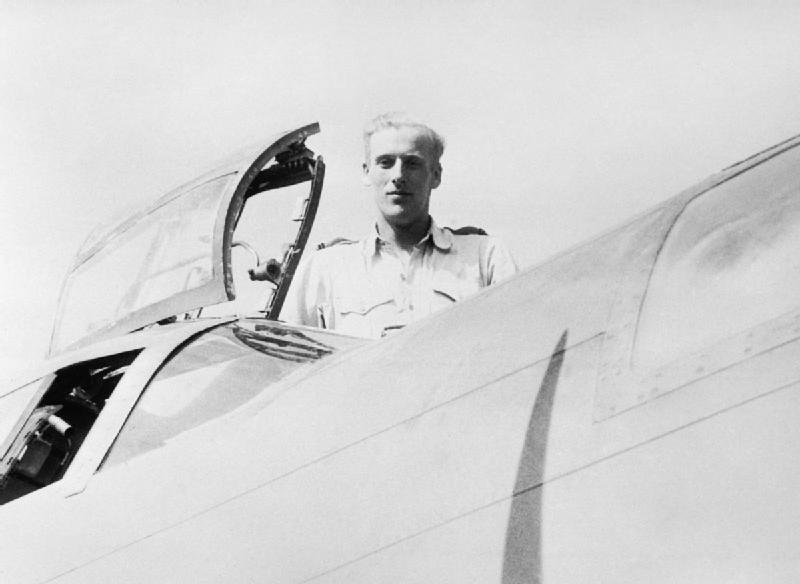Shortround6
Lieutenant General
The Air war in desert covered almost 2 1/2 years from start to El Alamein, sometimes the Germans were ahead and sometimes (mostly) they were not. Granted the Germans arrived late and the Italians allowed the British a good deal of practice.
Blenheim's did day bombing and sometimes at long range. Wellingtons did long range night bombing. British had radar almost from the start and added to it quickly and extensively.
The Italians took quite a while to get it (if at all?) and the Germans didn't have much.
Both Blenheim and Wellingtons were used for ship convoy attack, often hundreds of miles at sea. The Italics or Germans had to use standing patrols as they didn't have any early warning. Wellingtons later attacked ships at night, The British had a few Wellingtons with radar to find the convoys and guide the attack planes. Not saying it worked all the time (or even most of the time) but the Germans had one staffel of night fighters in the whole med at one point.
The Med covered a huge area and even if the Germans had superiority in one area the British were attacking in a number of areas. The Luftwaffe could not stop the British in all areas.
The Germans mined the Suez a number of times, but not enough. They attacked British costal convoys near the Egytian coast, but a fraction of the times the British were attacking axis convoys near Greece and Crete. Both sides were bombing each other airfields in Egypt and Crete respectively. Then you have Malta, and then you have the Benghazi sweepstakes.
And the Axis convoys to Tunisia.
The British had better recon, they had ultra, they had better signals intercepts, Basically they could and did attack where the Axis was less likely to in force with their handful of superior pilots and and planes.
So most of the time the Germans were not controlling the air war but reacting to it.
Blenheim's did day bombing and sometimes at long range. Wellingtons did long range night bombing. British had radar almost from the start and added to it quickly and extensively.
The Italians took quite a while to get it (if at all?) and the Germans didn't have much.
Both Blenheim and Wellingtons were used for ship convoy attack, often hundreds of miles at sea. The Italics or Germans had to use standing patrols as they didn't have any early warning. Wellingtons later attacked ships at night, The British had a few Wellingtons with radar to find the convoys and guide the attack planes. Not saying it worked all the time (or even most of the time) but the Germans had one staffel of night fighters in the whole med at one point.
The Med covered a huge area and even if the Germans had superiority in one area the British were attacking in a number of areas. The Luftwaffe could not stop the British in all areas.
The Germans mined the Suez a number of times, but not enough. They attacked British costal convoys near the Egytian coast, but a fraction of the times the British were attacking axis convoys near Greece and Crete. Both sides were bombing each other airfields in Egypt and Crete respectively. Then you have Malta, and then you have the Benghazi sweepstakes.
And the Axis convoys to Tunisia.
The British had better recon, they had ultra, they had better signals intercepts, Basically they could and did attack where the Axis was less likely to in force with their handful of superior pilots and and planes.
So most of the time the Germans were not controlling the air war but reacting to it.



